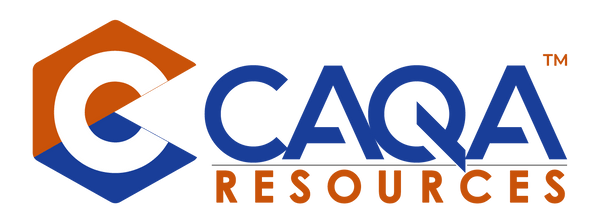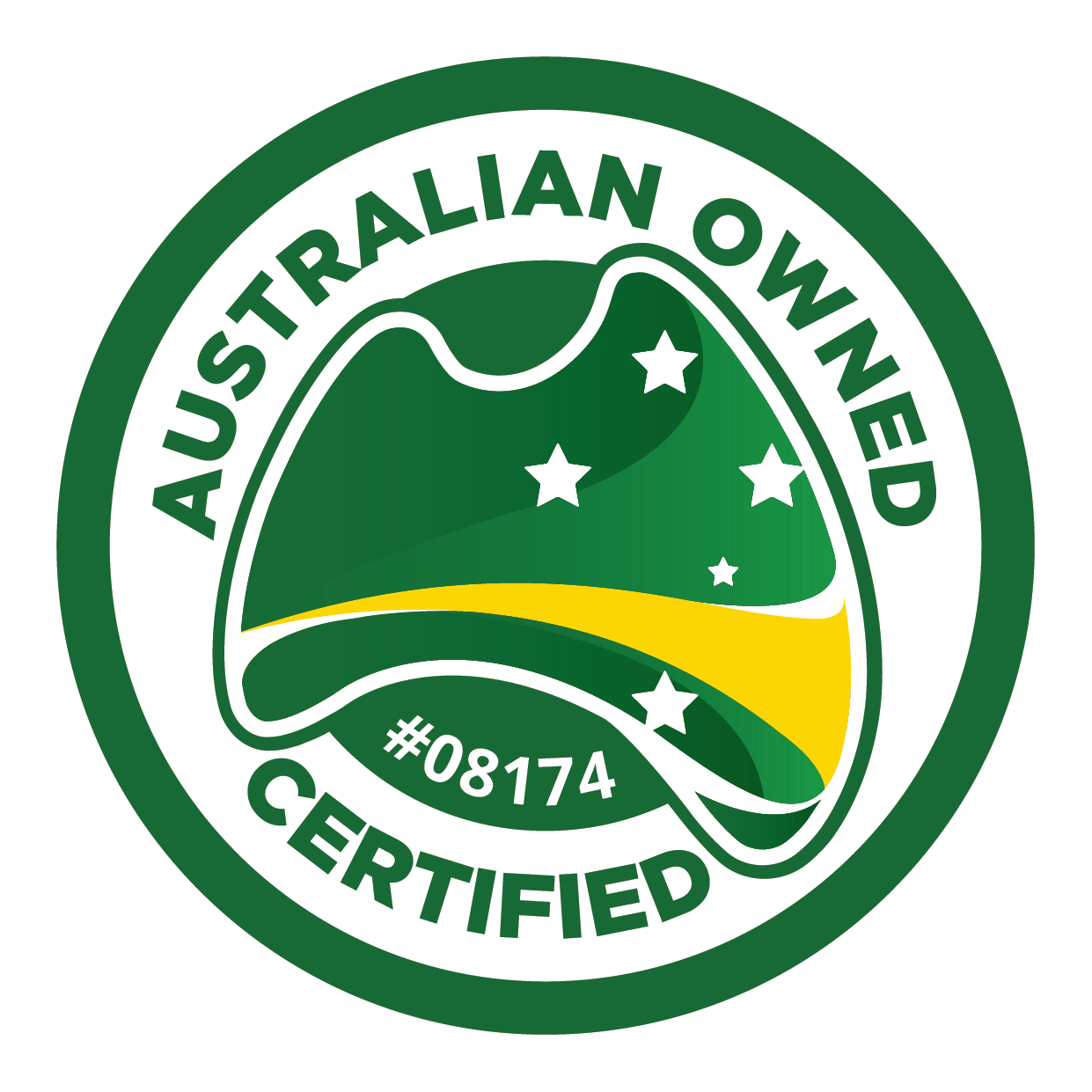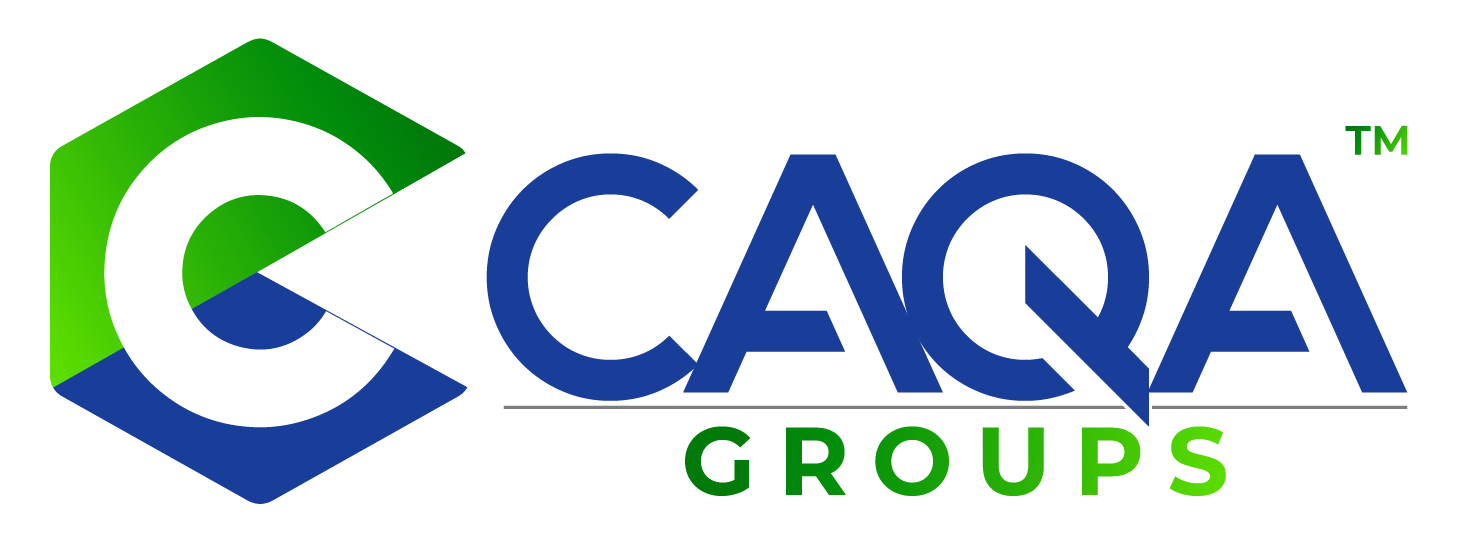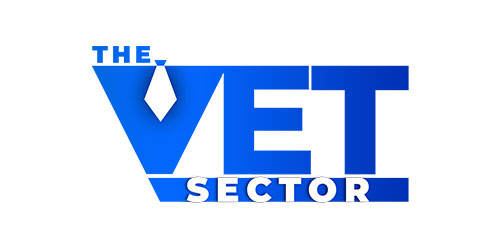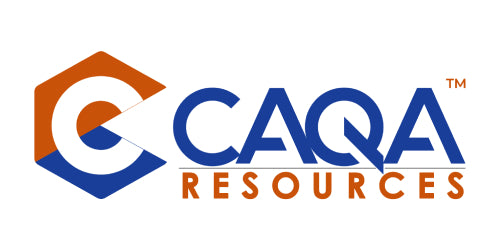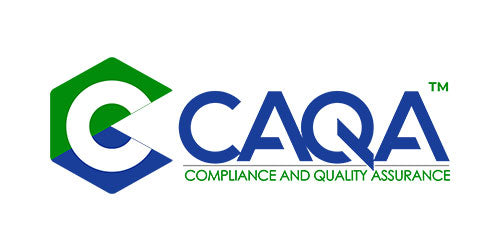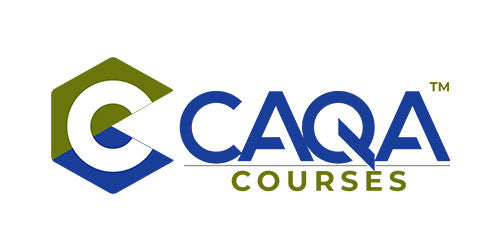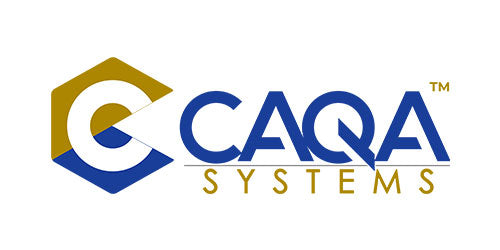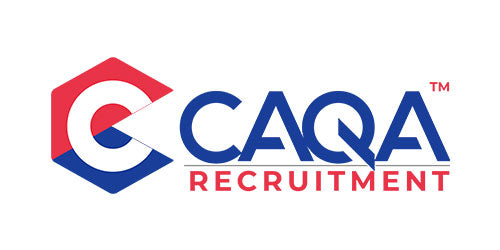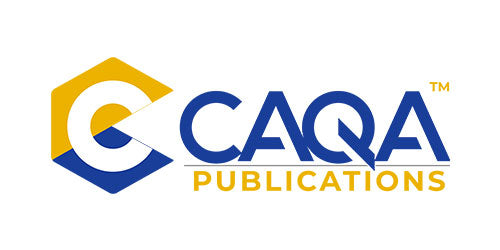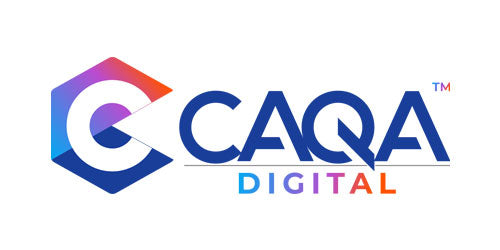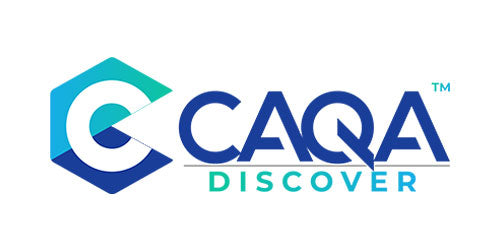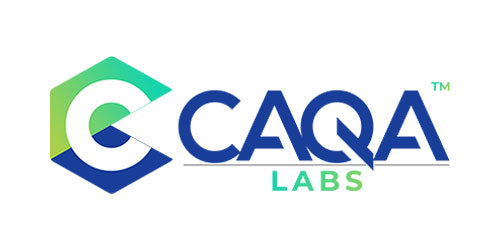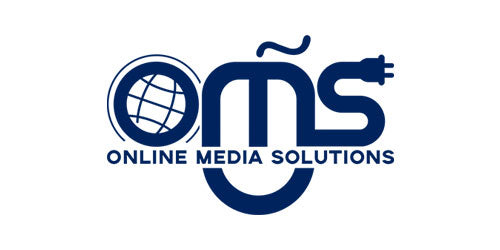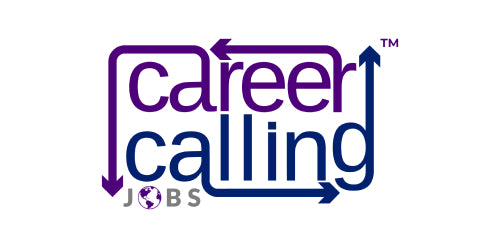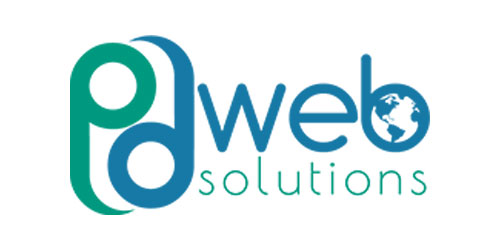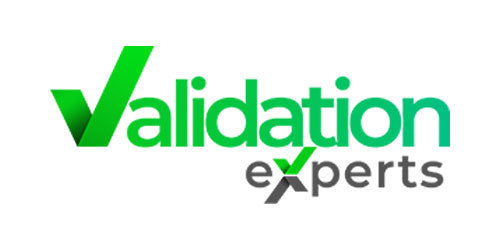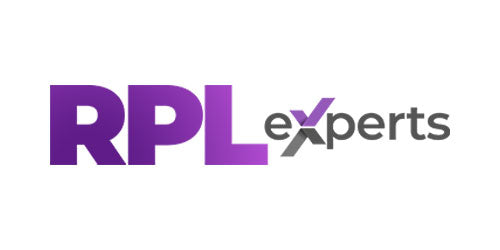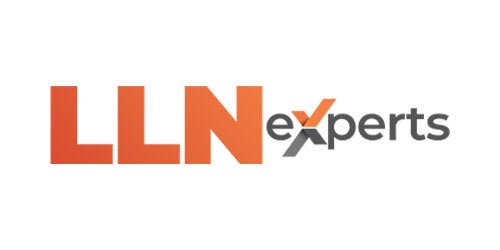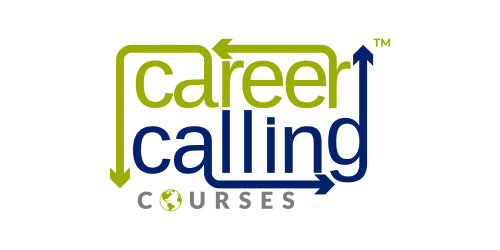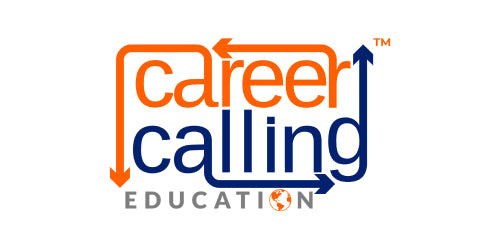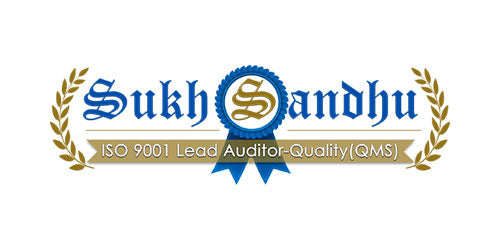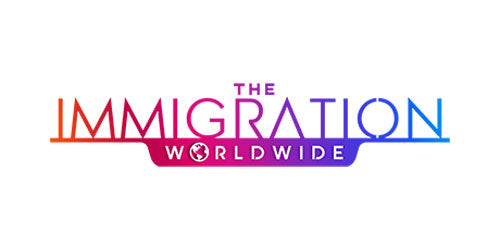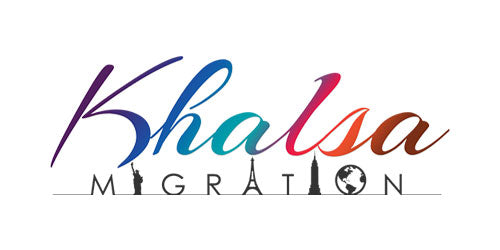The Vocational Education and Training (VET) sector in Australia is entering a new era with the introduction of the revised Standards for Registered Training Organisations (RTOs), which have been shaped over the course of the last four years through a comprehensive program of sector consultation. This significant reform aims to enhance quality outcomes for learners and employers, providing greater clarity, and allowing for more flexibility and innovation in training delivery. The revised Standards will officially come into effect from 1 July 2025, replacing the Standards for RTOs 2015.
The revised Standards represent a step forward in the shared ambition of Commonwealth, state, and territory governments to lift the quality and integrity of the VET sector. With the support of VET regulators and key stakeholders across the sector, these new regulations reflect a robust, quality-driven approach to regulation, ensuring the RTO framework is fit-for-purpose in today’s fast-evolving training environment.
In this article, we will explore the key changes introduced in the revised Standards, their impact on the sector, and the significance of these reforms in supporting the delivery of high-quality, outcome-focused education.
The Rationale Behind the Revised Standards
Over the past four years, the Department of Employment and Workplace Relations (DEWR) has engaged in an extensive consultation process with RTOs, state and territory governments, VET regulators, and peak bodies. The goal was to address the limitations of the 2015 Standards, which had become increasingly complex and were often seen as overly prescriptive in their focus on compliance.
Stakeholders from across the VET sector expressed concerns that the current 2015 Standards placed too much emphasis on rigid compliance, leaving little room for flexibility or innovation. Additionally, the existing Standards were often difficult to navigate, leading to confusion among RTOs regarding the true meaning of quality delivery.
The revised Standards address these concerns head-on by introducing a more streamlined and outcome-focused approach that promotes flexibility, quality, and innovation, while still maintaining the integrity of the sector.
A Step Towards Improved Quality and Integrity
The revised Standards signify a shift towards a more flexible, robust regulatory framework designed to improve the quality and integrity of the VET sector. The revisions were developed with the recognition that RTOs vary significantly in terms of their size, scope, and delivery models. To address this diversity, the revised Standards are designed to be adaptable across different RTO settings, ensuring that they remain relevant and effective regardless of the context in which they are applied.
One of the core aims of the revised Standards is to embed quality aspirations within the regulatory framework. By clearly articulating the characteristics required of RTOs to deliver high-quality training, the revised Standards seek to foster a shared understanding of what constitutes quality for all users of the VET system. This includes learners, employers, and regulatory bodies.
For RTOs, this change represents an opportunity to focus less on prescriptive compliance and more on embedding good organisational practices that genuinely enhance learning outcomes. The revised Standards will provide a clearer and more direct link between the requirements RTOs are expected to meet and the outcomes they are expected to deliver.
Key Elements of the Revised Standards for RTOs
The structure of the revised Standards is designed to provide greater clarity and focus on the core outcomes that RTOs are expected to achieve. The revised Standards consist of three key elements:
- Outcome Standards
- Compliance Requirements
- Credential Policy
This three-part structure is designed to simplify the regulatory framework, making it easier for RTOs to navigate and implement the Standards effectively. Below, we explore each element in more detail.
1. Outcome Standards
The Outcome Standards are the foundation of the revised regulatory framework. These Standards set out the key outcomes that RTOs are expected to deliver, focusing on the quality of training and assessment, the learner experience, and the employer satisfaction with the skills and competencies of graduates.
The Outcome Standards are designed to be flexible and adaptable, allowing RTOs to tailor their training delivery models to meet the specific needs of their learners and industry partners. This approach ensures that quality is maintained across all aspects of the VET system while allowing RTOs to innovate and evolve in response to changes in technology, industry requirements, and learner needs.
2. Compliance Requirements
The Compliance Requirements form the second pillar of the revised Standards. These requirements include:
- Fit and Proper Person Requirements: Ensuring that individuals who manage RTOs are of good character and have the necessary skills and experience to oversee quality delivery.
- NRT Logo Conditions of Use Policy: Outlining the conditions under which RTOs can use the Nationally Recognised Training (NRT) logo to promote their accredited courses.
The Compliance Requirements are designed to ensure that RTOs operate with integrity and professionalism. While these requirements are essential for maintaining the credibility of the sector, they have been streamlined to avoid unnecessary complexity. This allows RTOs to focus more on delivering high-quality training rather than becoming bogged down by overly prescriptive compliance measures.
3. Credential Policy
The Credential Policy provides guidelines for the issuance of qualifications and statements of attainment. This policy ensures that learners receive appropriate recognition for their achievements and that qualifications are awarded in accordance with the highest standards of integrity.
The Credential Policy also introduces new measures to enhance the security and credibility of qualifications, helping to prevent fraud and ensuring that employers can have confidence in the skills and knowledge of VET graduates.
Early Changes to Support the Sector
In March 2024, several early changes to the current 2015 Standards were implemented to address immediate challenges facing the VET sector. These early changes were designed to alleviate workforce pressures and deliver more immediate benefits to RTOs and learners. They served as a precursor to the more comprehensive revisions that will come into effect in 2025.
These early changes included measures to streamline administrative processes, reduce regulatory burden, and provide greater flexibility in training delivery. For example, the introduction of flexible delivery models and micro-credentials allowed RTOs to offer shorter, more targeted training programs that better meet the needs of learners and industry.
Greater Flexibility and Innovation in Training Delivery
One of the standout features of the revised Standards is the emphasis on flexibility and innovation in training delivery. Under the revised framework, RTOs are encouraged to explore new approaches to delivering training that go beyond traditional models.
This could include:
- Online and Blended Learning: The revised Standards recognise the growing importance of online and blended learning, providing RTOs with the flexibility to offer digital learning solutions that cater to the needs of a diverse and geographically dispersed learner population.
- Micro-Credentials and Short Courses: With the rise of short, targeted learning programs, the revised Standards encourage RTOs to incorporate micro-credentials into their offerings. This allows learners to upskill in specific areas without committing to a full qualification, making VET more accessible and responsive to industry demands.
- Industry Partnerships and Real-World Learning: The revised Standards place a strong emphasis on work-integrated learning and industry partnerships. RTOs are encouraged to collaborate with industry to ensure that training is relevant and aligned with real-world job requirements. This will help improve learner outcomes and ensure that graduates are job-ready.
Supporting RTOs Through Policy Guidance
To assist RTOs in understanding and implementing the revised Standards, the government has developed comprehensive Policy Guidance. This guidance is designed to support training providers, trainers, and assessors in interpreting the changes and applying them within their own organisations.
The Policy Guidance covers key areas such as:
- Understanding the intent behind the changes
- Best practices for delivering quality training
- How to meet the new Outcome Standards
- Strategies for maintaining compliance
This guidance will be a valuable resource for RTOs as they transition to the new regulatory framework and begin aligning their operations with the revised Standards.
Transition Period and Timeline
The revised Standards for RTOs will come into full regulatory effect on 1 July 2025, giving RTOs a significant transition period to prepare for the changes. During this time, the Standards for RTOs 2015 will continue to apply.
RTOs are encouraged to use this transition period to review their current practices, identify areas for improvement, and begin implementing the necessary changes to ensure compliance with the revised Standards.
A New Era for Quality and Flexibility in VET
The revised Standards for Registered Training Organisations represent a significant milestone in the evolution of the VET sector. By placing a stronger emphasis on quality outcomes, flexibility, and innovation, the revised Standards provide RTOs with the tools they need to deliver high-quality training that meets the needs of learners and employers alike.
As the VET sector continues to grow and evolve, the revised Standards will play a crucial role in ensuring that Australia’s training system remains world-class, delivering the skills and competencies needed for a rapidly changing workforce.
For RTOs, the revised Standards offer an opportunity to embrace new approaches to training, focus on learner outcomes, and foster stronger industry partnerships. With the right support and guidance, RTOs can navigate these changes and thrive in the new regulatory environment.
To learn more about the revised Standards for RTOs and how to prepare for their implementation, visit the DEWR website Revisions to the Standards for Registered Training Organisations - Department of Employment and Workplace Relations, Australian Government or consult the Policy Guidance available to RTOs. Now is the time to start planning for the future and ensuring your organisation is ready to meet the challenges and opportunities that lie ahead.
Contact us today at info@caqa.com.au or call 1800 266 160 to discuss how we can support your RTO's compliance journey.









